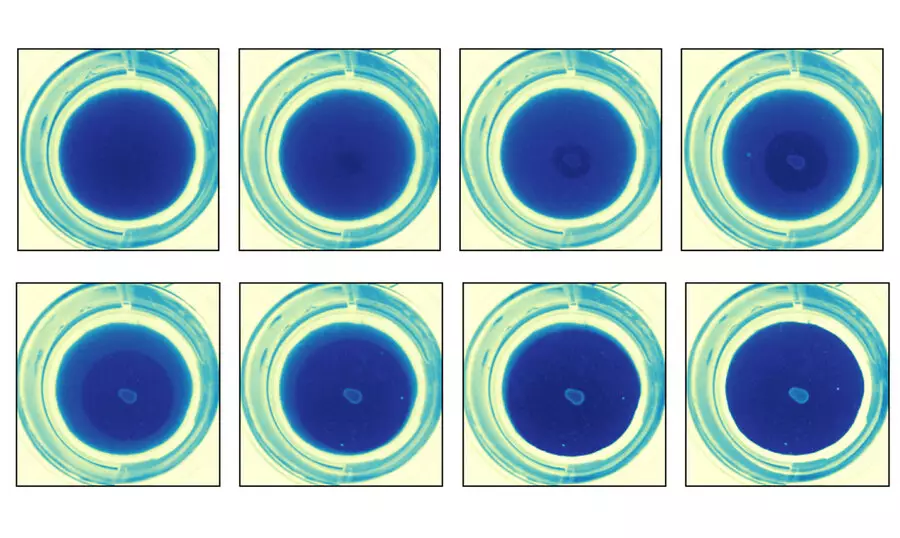Polymers have become indispensable in our daily lives, from clothing to electronic devices, but their inability to decompose easily has led to long-term environmental challenges. The development of sustainable polymers with a more sustainable life cycle is crucial to help address this environmental crisis. However, the development of biodegradable polymers remains limited by current biodegradation testing methods. To overcome this limitation, a team of researchers from MIT has developed an expansive biodegradation dataset to determine whether or not a polymer is biodegradable.
The team, led by Bradley D. Olsen, the Alexander and I. Michael Kasser (1960) Professor in the Department of Chemical Engineering, has developed a biodegradation dataset that includes more than 600 distinct polyester chemistries. The dataset can lead to structure-property relationships, which can be used to build a biodegradation prediction model.
High-Throughput Screening
The high-throughput approach was conducted using a method called clear-zone assay, which detects polymer biofragmentation and identifies polymer degrading bacteria. The biodegradation dataset can then lead to structure-property relationships, a concept central to materials science and engineering, where relationships between the chemical detail and property can be established.
The team’s work focuses on polyesters, and the development of biodegradable polyesters presents a key opportunity for addressing the polymer sustainability crisis and reducing the environmental burden of the polymer life cycle. The biodegradation test that these data create is accessible and cost-effective to put in place; initial industry feedback has been positive.
Validation Accuracy
The researchers were interested in looking into the potential linearity and nonlinearity of the relationships between structure and biodegradability. The team’s breakthrough is having a large dataset, and the qualitative relationships and predictive models such a substantial amount of data enabled. With additional data, the researchers might be able to improve their predictions even more.
“We consider our scientific breakthrough to be having this large dataset, and the qualitative relationships and predictive models such a substantial amount of data enabled,” says Sarah H. M. Av-Ron, one of the Ph.D. candidates on the team. “It was captivating to figure out how to integrate the high complexity of polymer chemical representation with predictive machine-learning models. I was very excited to get a validation accuracy of 82% for one representation/model combination.”
Developing Biodegradability Screen
The team is developing the biodegradability screen first, to help filter and focus what to look for in a material. This way, the team’s infrastructure can assess a lot of different options quickly. “There has been big movement recently in developing sustainable polymers,” concludes Katharina A. Fransen, another Ph.D. candidate on the team, “and having something like this that is quick, tangible, and relatively inexpensive could add a lot of value to that community.”
Fransen received a 2022 J-WAFS Fellowship for this work, and she and Av-Ron together won second place in the 2022 J-WAFS World Food Day Student Video Competition, as this research can be applied to creating more sustainable food packaging.
To conclude, the development of sustainable polymers is crucial to tackle the environmental challenges posed by non-decomposable polymers. The biodegradation dataset developed by MIT researchers, using high-throughput screening and predictive machine-learning models, can lead to a more sustainable life cycle for polymers, reducing the environmental burden of the polymer life cycle. The biodegradation test that these data create is accessible and cost-effective to put in place, and initial industry feedback has been positive.



Leave a Reply